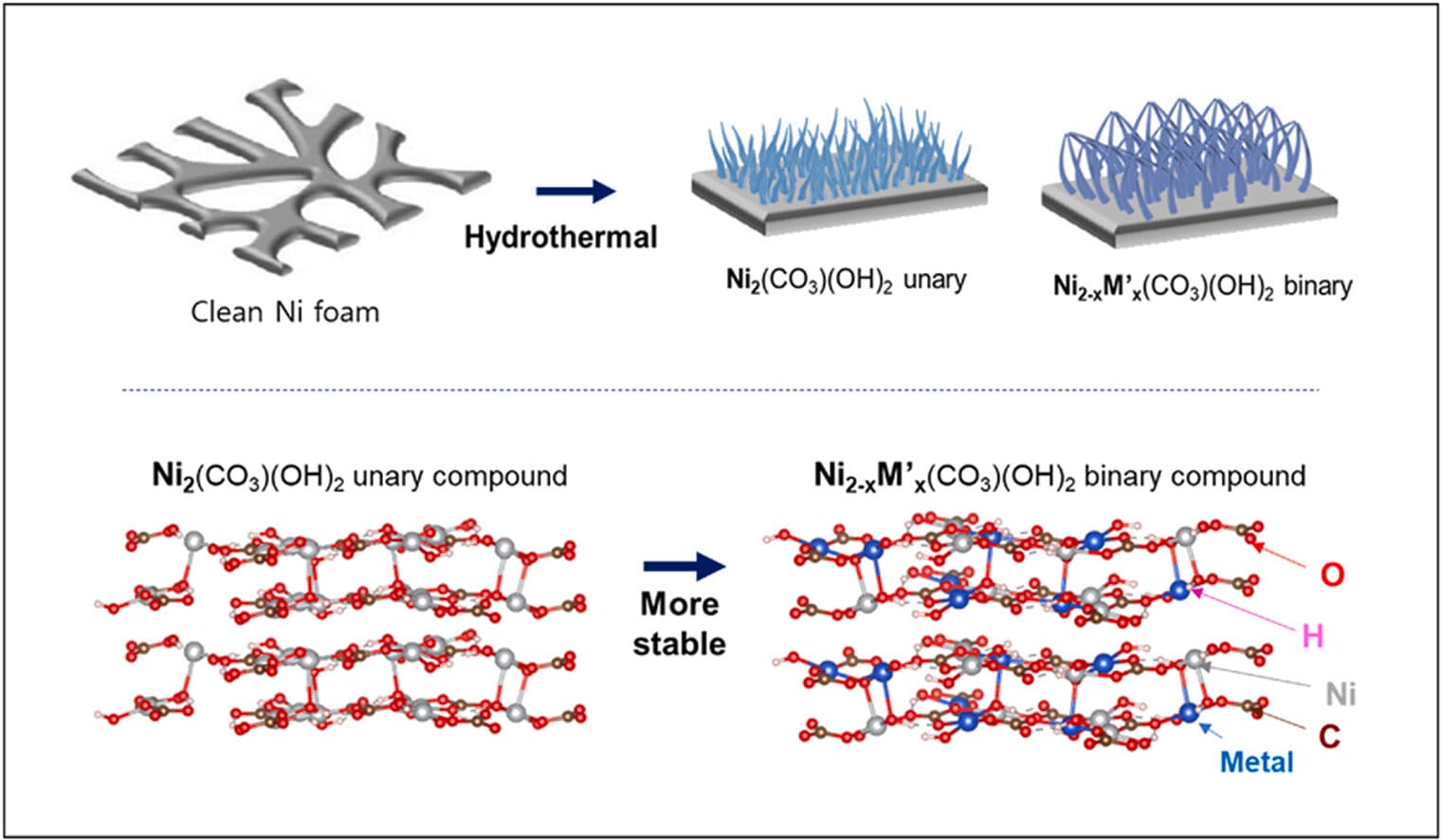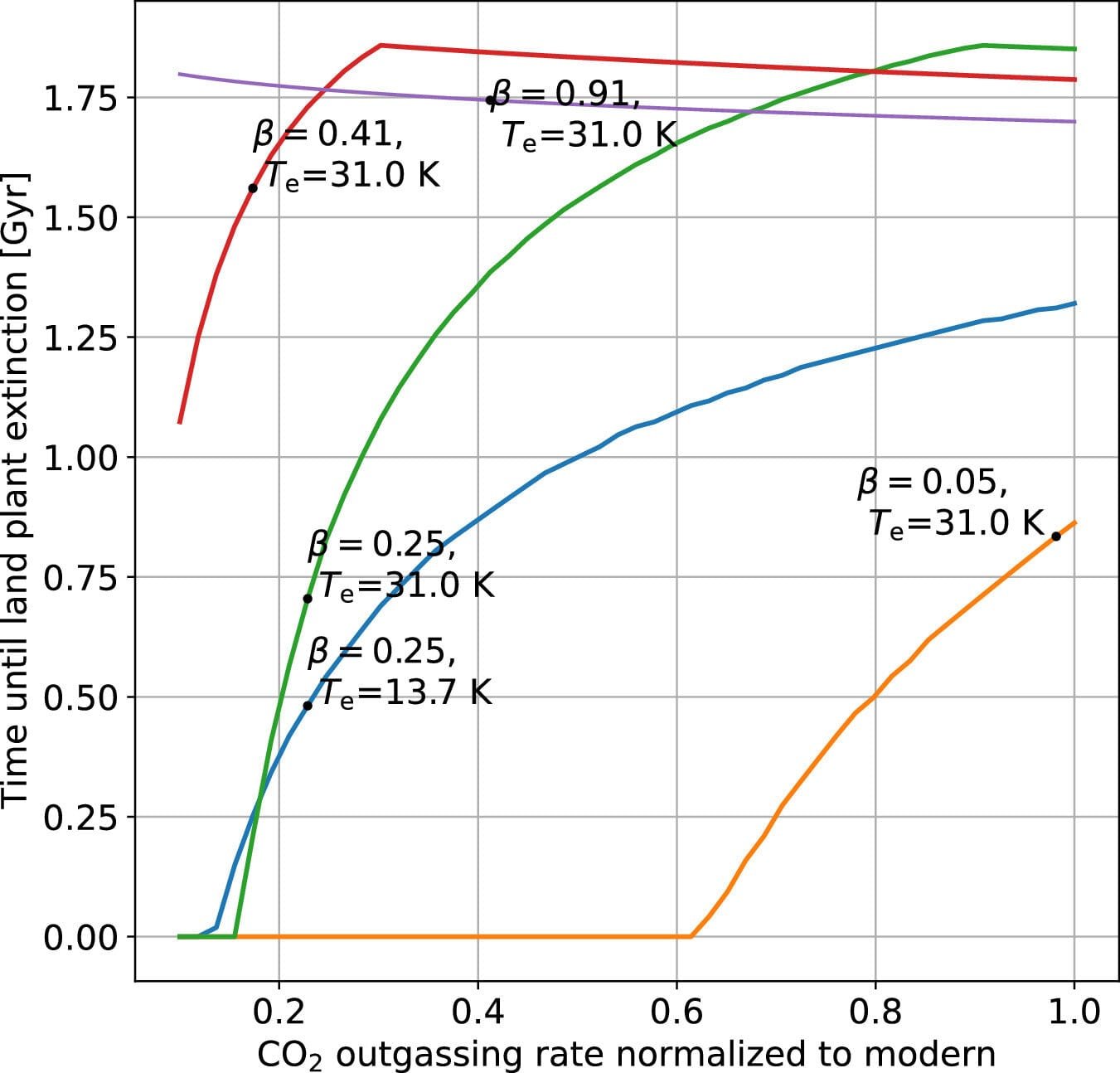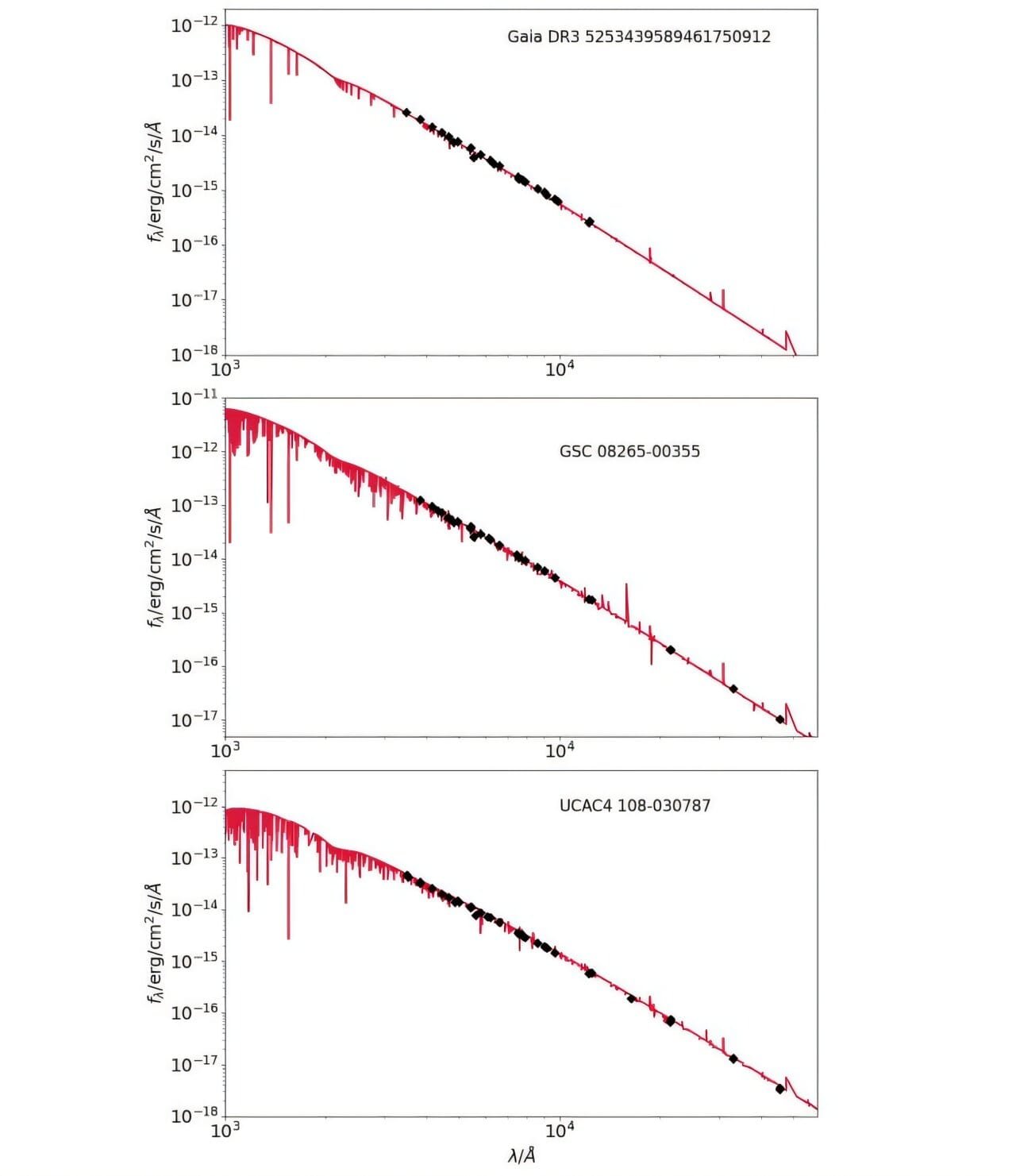A groundbreaking collaboration between researchers has led to the development of a high-performance, self-charging energy storage device that significantly advances the field of sustainable energy. By integrating cutting-edge materials science with innovative design, the research team has managed to vastly improve the performance of supercapacitors, creating a new energy storage system capable of efficiently harnessing and storing solar energy. The work, recently published in the journal Energy, highlights the potential of this technology to transform how energy is stored and utilized.
The central achievement of this research lies in the enhancement of supercapacitor electrodes through the use of advanced transition metal-based materials. The team focused on developing a composite material combining nickel carbonate and hydroxide, which served as the foundation for the electrodes. To further enhance their performance, transition metal ions such as manganese (Mn), cobalt (Co), copper (Cu), iron (Fe), and zinc (Zn) were incorporated. These additions improved the conductivity, stability, and overall efficiency of the electrodes, leading to a substantial leap in energy storage capabilities.
The results were impressive: the energy density of the newly developed device reached 35.5 Wh kg⁻¹, a dramatic improvement compared to the typical 5-20 Wh kg⁻¹ seen in previous studies. Energy density is a critical factor in storage devices, representing how much energy can be stored per unit weight. This advancement is particularly important for applications requiring compact and lightweight storage solutions. Similarly, the power density of the device was measured at 2555.6 W kg⁻¹, surpassing previous benchmarks, which generally hovered around 1000 W kg⁻¹. High power density is essential for delivering rapid bursts of energy, enabling the device to power high-demand applications with ease.
Another key achievement was the device’s resilience and longevity. The researchers demonstrated that it could undergo repeated charge and discharge cycles with minimal performance degradation, proving its suitability for long-term use. Stability in performance over time is crucial for the commercial viability of energy storage devices, as it ensures reliability and reduces maintenance costs.
The team’s innovations did not stop at improving supercapacitors; they also ventured into integrating these devices with solar energy systems. By combining silicon solar cells with the enhanced supercapacitors, they developed a system capable of storing solar energy and delivering it in real-time. This self-charging energy storage device achieved an energy storage efficiency of 63% and an overall system efficiency of 5.17%. These figures demonstrate the practicality of using the device for sustainable energy applications, paving the way for its potential commercialization.
This system addresses a critical challenge in renewable energy: the intermittent nature of solar power. Traditional solar energy systems rely heavily on batteries to store energy for later use, but batteries often face issues like limited lifespans, slow charging rates, and environmental concerns related to their production and disposal. The integration of solar cells with supercapacitors offers an elegant solution, enabling faster charging and discharging while maintaining a more sustainable environmental footprint.
Jeongmin Kim, a senior researcher at the Nanotechnology Division of DGIST, underscored the significance of this achievement. “This study is a significant milestone as it marks the development of Korea’s first self-charging energy storage device combining supercapacitors with solar cells. By utilizing transition metal-based composite materials, we have overcome the limitations of traditional energy storage devices and presented a sustainable energy solution,” Kim stated.
Meanwhile, Damin Lee, a researcher at the RLRC of Kyungpook National University, emphasized the future potential of this technology. “We will continue to conduct follow-up research to further improve the efficiency of the self-charging device and enhance its potential for commercialization,” Lee explained. This commitment to continuous innovation highlights the team’s determination to refine their technology for practical applications, ensuring its readiness for deployment in real-world scenarios.
The implications of this research are vast. In an era where the demand for clean and sustainable energy solutions is growing rapidly, the development of high-performance energy storage devices is critical. The ability to efficiently store solar energy and deliver it on-demand addresses some of the most significant hurdles in renewable energy adoption. This technology could play a vital role in reducing reliance on fossil fuels, mitigating the impacts of climate change, and achieving global sustainability goals.
Moreover, the use of transition metal-based materials in this research highlights a promising direction for materials science in energy storage. Transition metals are known for their diverse electronic and chemical properties, which make them ideal for enhancing conductivity and stability in energy storage systems. By leveraging these properties, the researchers have not only improved the performance of supercapacitors but also opened new avenues for the development of next-generation energy storage technologies.
The integration of supercapacitors with solar cells represents a harmonious blend of two complementary technologies. Supercapacitors excel in rapid energy delivery and durability, while solar cells are highly effective at converting sunlight into electricity. Combining these capabilities results in a system that can efficiently capture, store, and release energy, making it suitable for a wide range of applications, from portable electronics to grid-scale energy storage.
As the research team continues to refine their technology, the focus will likely shift toward scalability and cost-effectiveness. Scaling up the production of these advanced materials and integrating them into commercial energy storage systems will be crucial for widespread adoption. Additionally, addressing challenges such as manufacturing costs, material availability, and environmental impact will be essential to ensure the sustainability of the technology.
Reference: Damin Lee et al, Design of high-performance binary carbonate/hydroxide Ni-based supercapacitors for photo-storage systems, Energy (2024). DOI: 10.1016/j.energy.2024.133593











